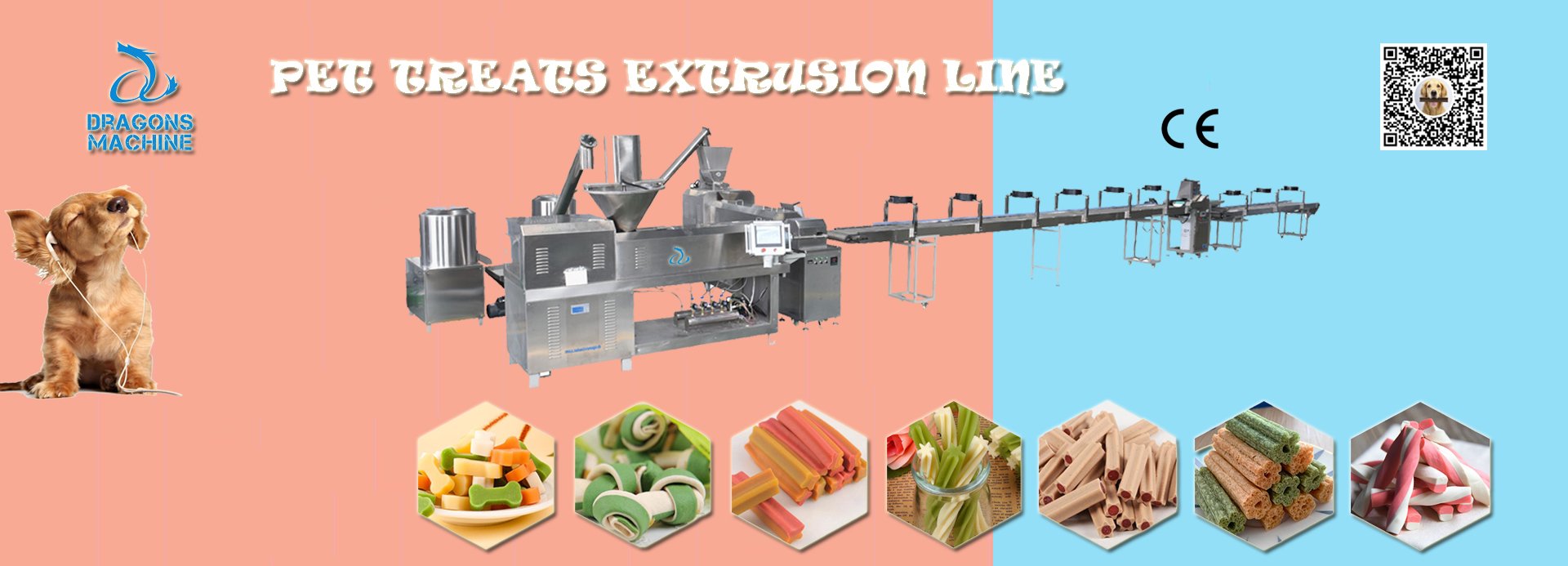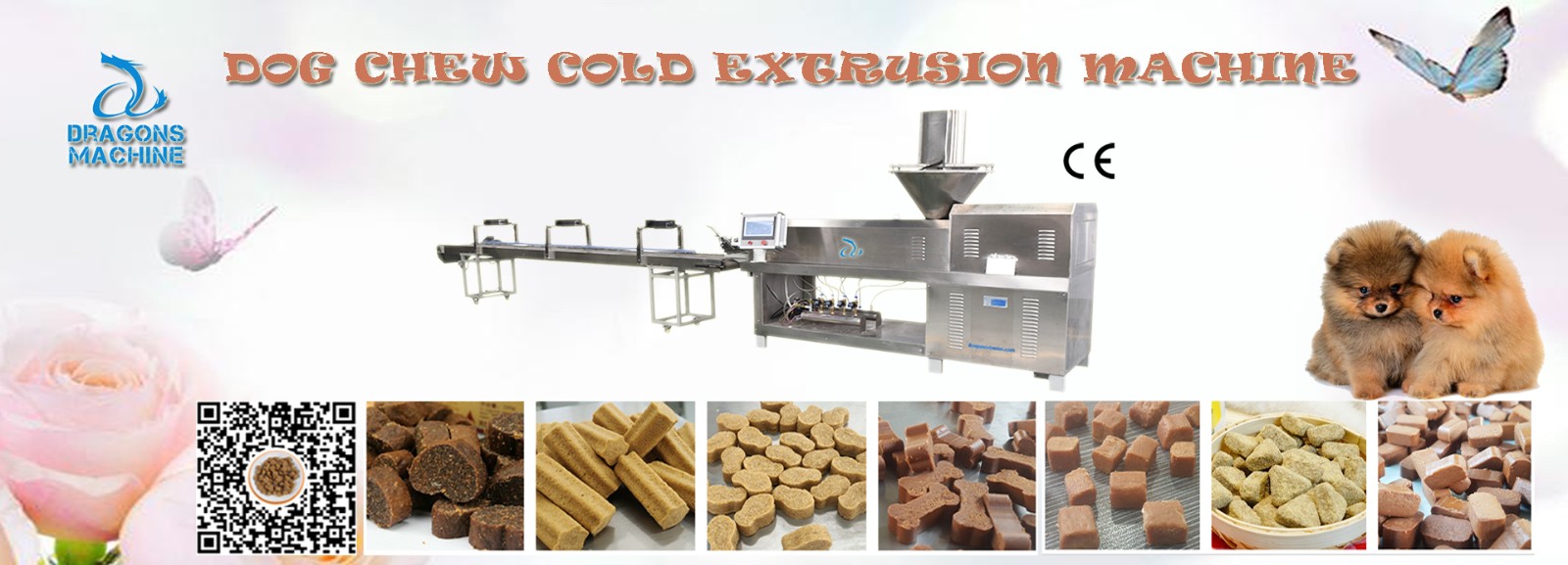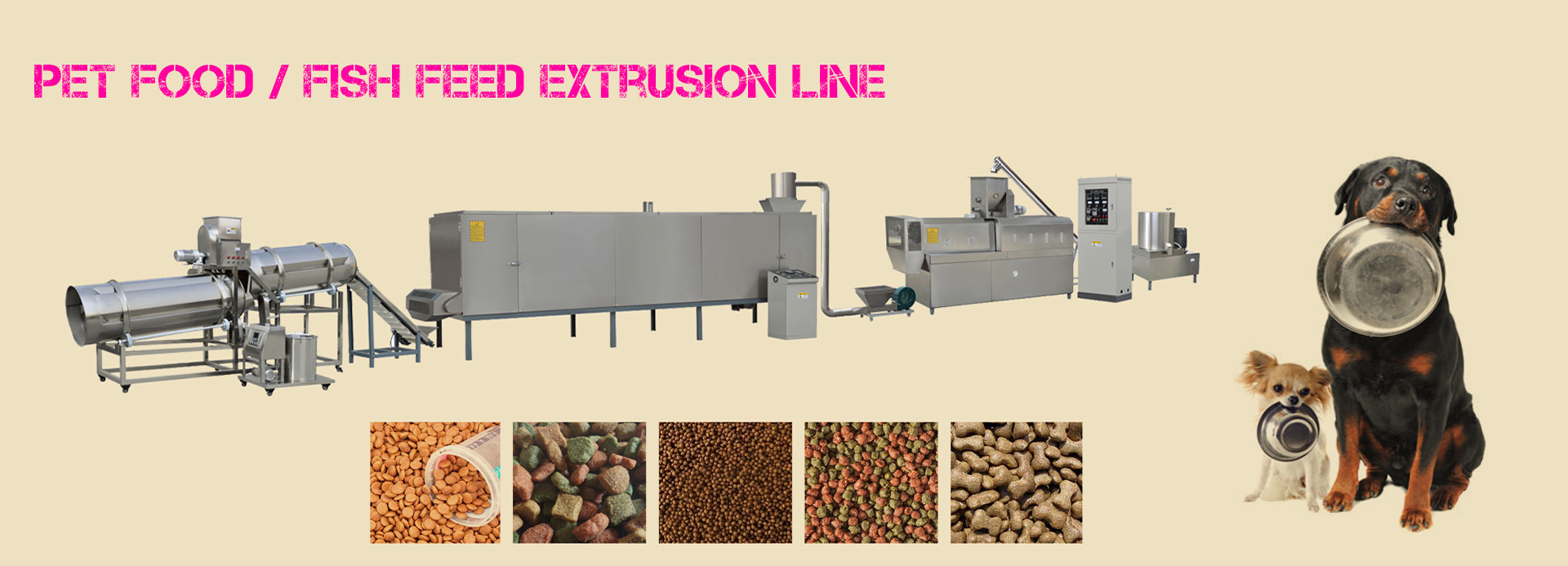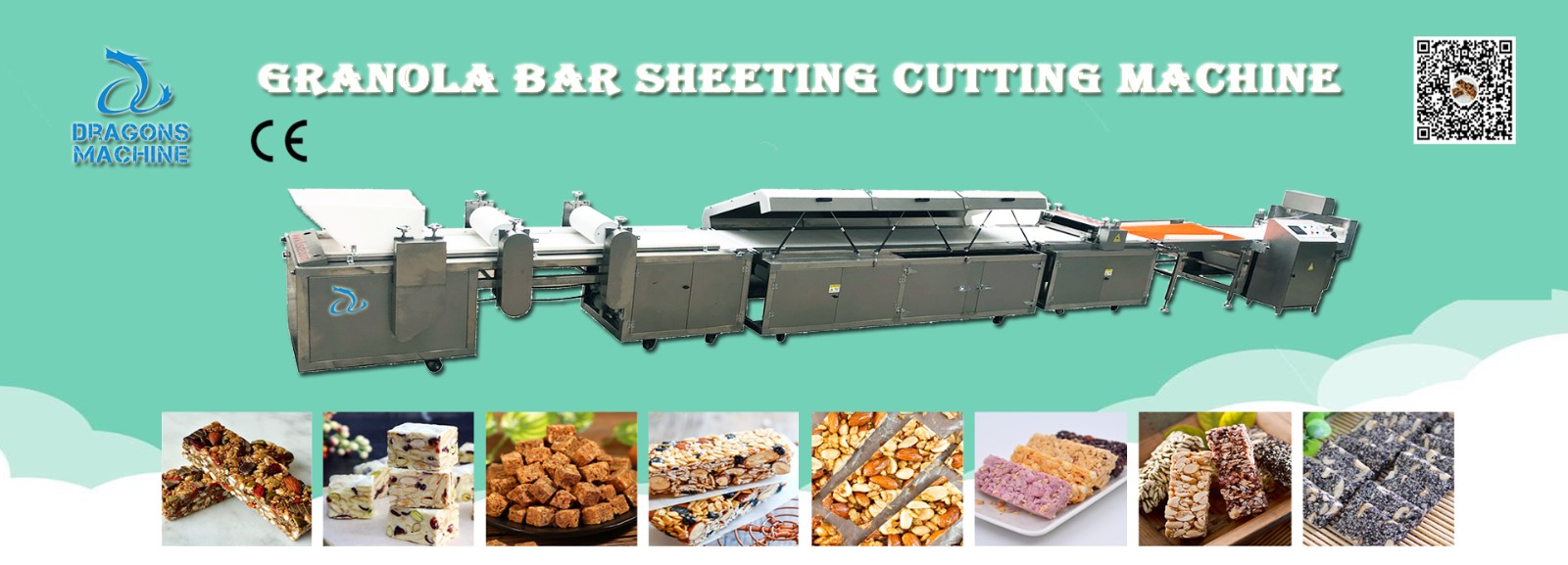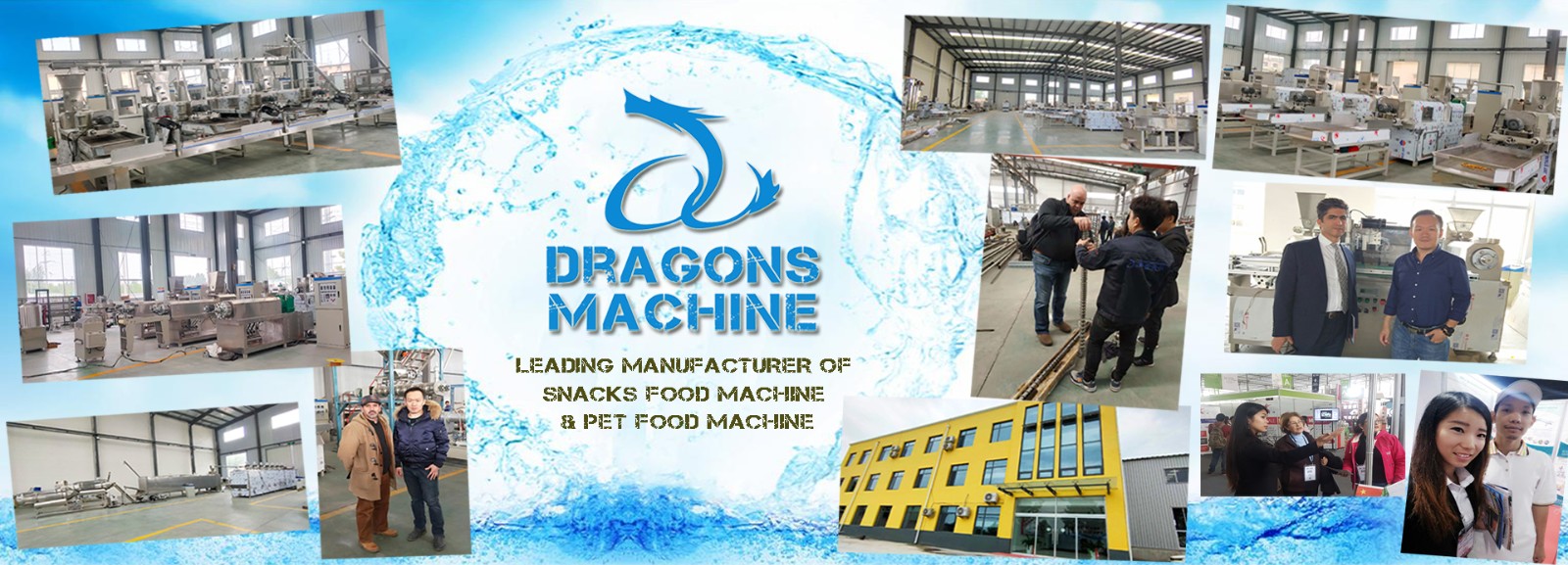The creation of pet food involves the blending of a multitude of ingredients, including vegetables and meat. This blending process is facilitated by specialized pet food processing machines, offered in diverse types by various manufacturers. It's critical to employ appropriate pet food processing machinery, emphasizing the need for buyers to exercise caution during the procurement process.
This article aims to explore the array of available pet food processing machines and guide buyers on selecting the optimal ones. Additionally, it will delve into the market share and size of the pet food processing industry, shedding light on its scope and significance within the market landscape.
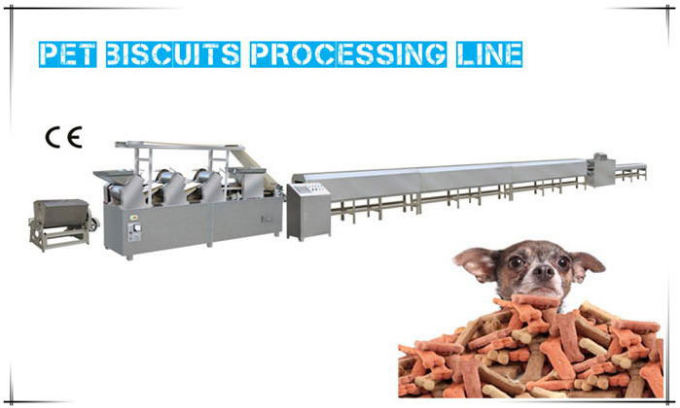
Importance of Dry Pet Food Manufacturing Equipment
Pet food manufacturing has evolved significantly to meet the diverse needs of various pets, from cats and dogs to birds, fish, rodents, and more. The market offers an array of pet food types, ranging from wet, dry, canned, to fresh varieties. As pet-human bonds strengthen, the demand for high-quality specialty pet foods, such as wet and refrigerated options, continues to rise. Despite this, dry pet food, commonly known as kibble, maintains its dominance, accounting for an impressive 57% of pet food sales.
In catering to the extensive demand for dry dog and cat food, understanding the pivotal role of manufacturing equipment becomes crucial. The production of dry pet food involves intricate processes and specialized machinery designed to create nutritious and safe food for pets.
5 Essential Pet Food Manufacturing Equipment Types
Mixers in Pet Food Processing
Industrial mixers hold immense significance in pet food processing, facilitating the swift and uniform amalgamation of ingredients. These large-scale mixers possess the capability to efficiently blend 5, 10, or even 15 tons of materials at once. They exhibit versatility by handling a diverse range of substances, from fine powders to viscous liquids and resilient solids.
Within the realm of pet food processing, mixers play a pivotal role at various stages. They contribute to the amalgamation of cornmeal, grains, oils, fats, meat-based elements, and more. The absence of such extensive pet food mixers would impede the ability to process the required volume of food required to meet the needs of our pets reliably and economically.
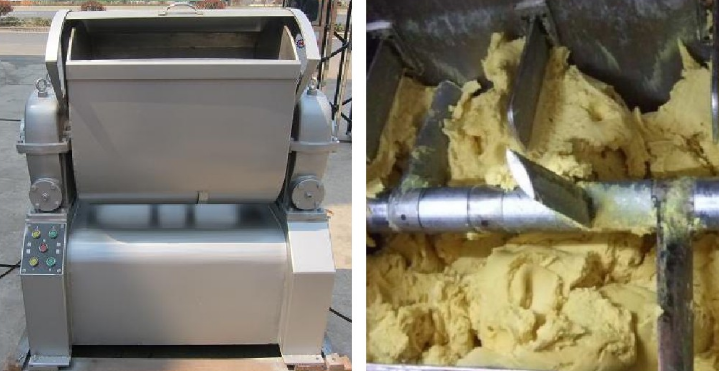
Extruders: Crucial Equipment in Pet Food Production
Extruders function by pushing a combined substance, typically a dough or paste, through a metal die to create uniform pieces. These machines stand as essential pet food processing equipment, simplifying the creation of easily packageable, shippable, and storable food items. Moreover, extruders ensure the production of consistently nutritious pellets, streamlining the process of balancing protein, fats, carbohydrates, vitamins, and minerals. Their output, in the form of pellets, offers ease of manipulation, allowing for straightforward application of flavorings and fats.
Spray Coating
Enhancing the palatability of pet food involves the addition of fats and flavorings, but it's equally crucial to maintain the right balance of essential nutrients. Spray coating emerges as a crucial process, simplifying the incorporation of liquid coatings onto pellets. This efficient technique expedites the movement of pellets through subsequent phases, ensuring a swift transition to packaging and eventually reaching the customer and their pets.
In pet food processing, these pivotal components – industrial mixers, extruders, and spray coating apparatus – collectively contribute to the creation of high-quality, nutritionally balanced, and palatable food items essential for our beloved pets.
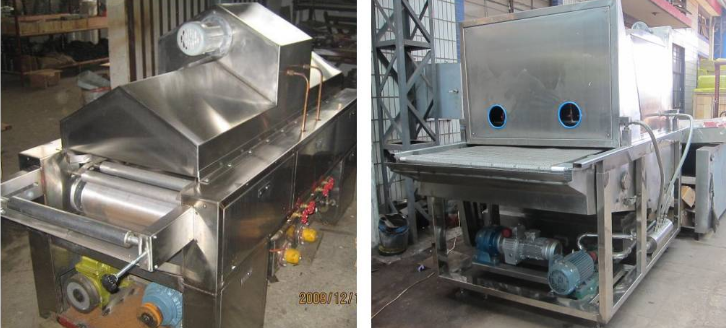
Mist Coating
Mist coating stands as a superior advancement in liquid coating application, streamlining the process by enabling faster and more efficient coating of pellets. This specialized equipment employs an atomizing system that transforms liquid coatings into a fine mist. As the material descends through the coating chamber, this mist evenly envelops the surface. In comparison to other liquid coating methods, mist coating excels due to its exceptional efficiency. It ensures uniform coating, minimizes wastage, requires less cleanup, and exhibits a gentler approach to pellets, thereby reducing breakage and loss.
Track and Trace Systems
Within modern food systems, including pet food production, track and trace systems play a pivotal role. These systems encompass a diverse array of equipment essential for monitoring materials and finished products throughout each stage of the process, from production to distribution to the end consumer. Their primary objective is to detect and address any potential contamination promptly.
While numerous processes are in place to eliminate bacteria and tests are conducted to identify hazardous chemicals, achieving a 100% effectiveness rate remains elusive. In instances where contaminants infiltrate pet food, track and trace systems prove indispensable. They facilitate pinpointing the exact source of contamination, enabling swift removal of affected products from shelves, averting further harm.
Selecting the Ideal Pet Food Processing Machines:
When selecting pet food processing machines, several factors must be considered. These include the production capacity required, the specific type of pet food being manufactured (wet, dry, semi-moist), available space in the facility, energy efficiency of the machines, ease of maintenance, and compliance with food safety regulations. Additionally, assessing the reputation and reliability of the manufacturer is crucial to ensure quality, performance, and after-sales support.
















